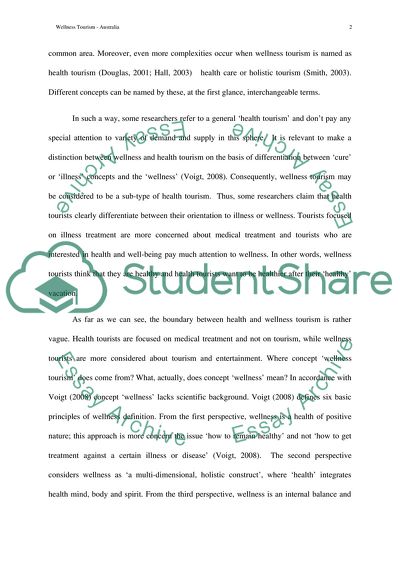Cite this document
(Wellness Tourism Coursework Example | Topics and Well Written Essays - 2000 words - 1, n.d.)
Wellness Tourism Coursework Example | Topics and Well Written Essays - 2000 words - 1. Retrieved from https://studentshare.org/tourism/1748239-wellness-tourism-australia
Wellness Tourism Coursework Example | Topics and Well Written Essays - 2000 words - 1. Retrieved from https://studentshare.org/tourism/1748239-wellness-tourism-australia
(Wellness Tourism Coursework Example | Topics and Well Written Essays - 2000 Words - 1)
Wellness Tourism Coursework Example | Topics and Well Written Essays - 2000 Words - 1. https://studentshare.org/tourism/1748239-wellness-tourism-australia.
Wellness Tourism Coursework Example | Topics and Well Written Essays - 2000 Words - 1. https://studentshare.org/tourism/1748239-wellness-tourism-australia.
“Wellness Tourism Coursework Example | Topics and Well Written Essays - 2000 Words - 1”. https://studentshare.org/tourism/1748239-wellness-tourism-australia.


